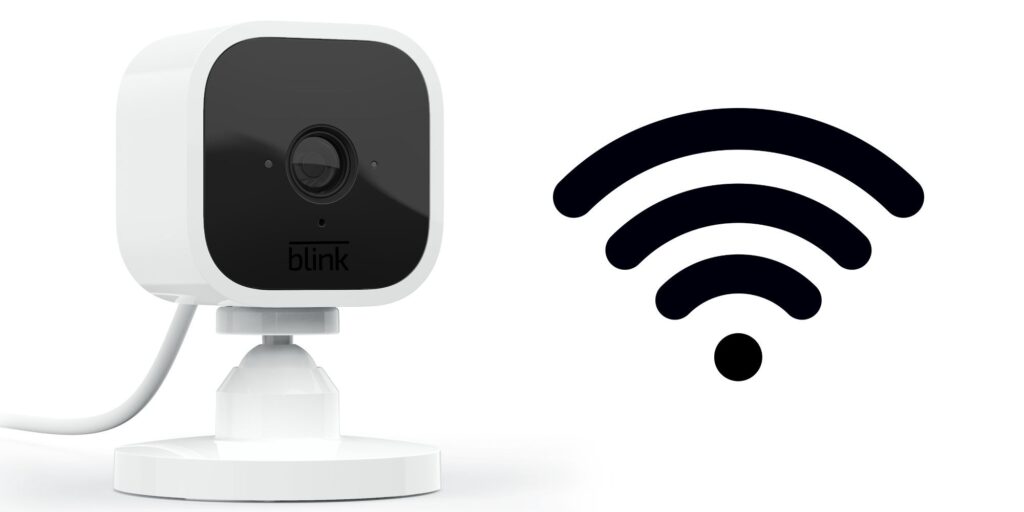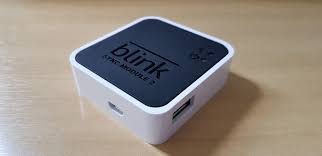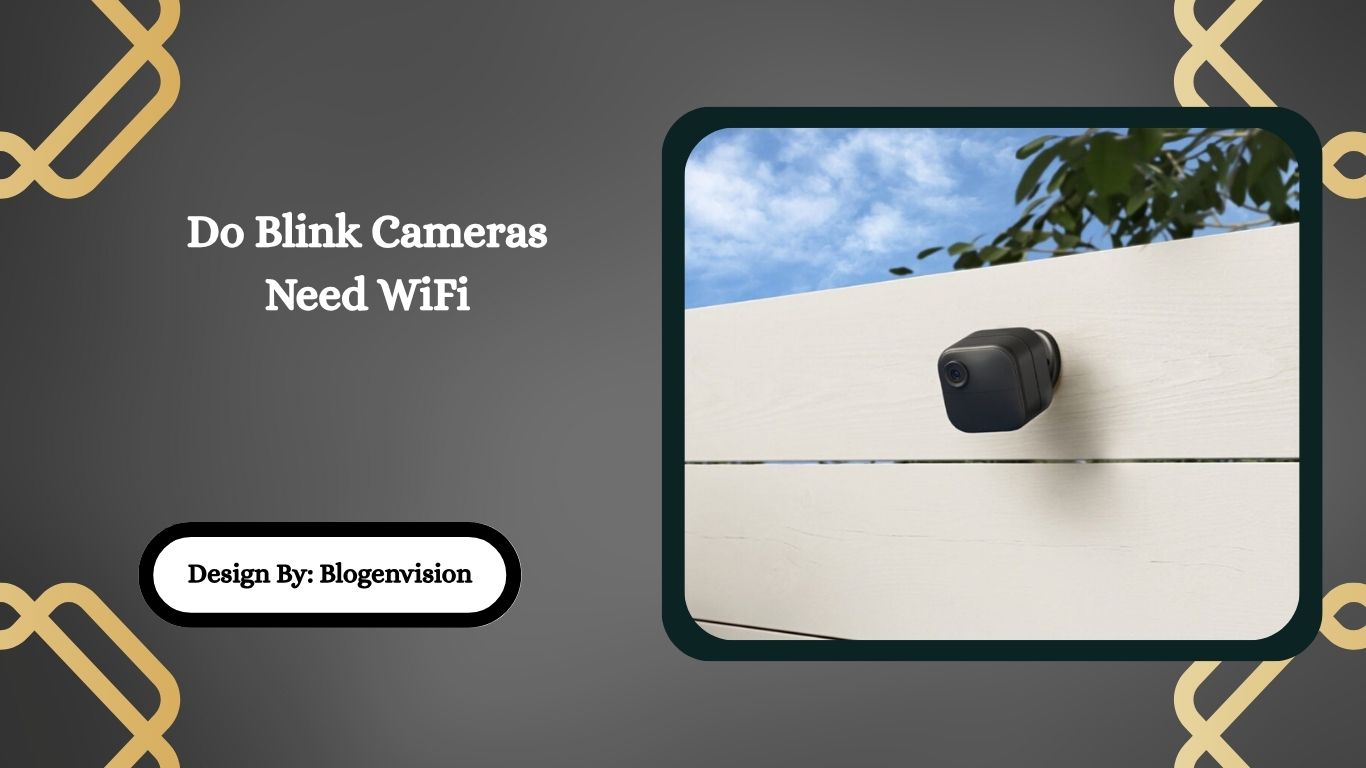Do Blink Cameras Need WiFi – Guide for Users!
Yes, Blink cameras need WiFi to function. They rely on it for live streaming, motion alerts, video storage, and mobile access. Without WiFi, most of their core features won’t work.
Blink cameras are among the most popular home security solutions on the market. They’re affordable, easy to set up, and integrate smoothly with Amazon Alexa devices. But one of the most frequently asked questions by new users is: Do Blink cameras need WiFi to work? The short answer is yes—but the full explanation is more nuanced.
In this comprehensive guide, we’ll explore:
- Whether Blink cameras require WiFi
- What kind of internet connection they need
- Alternatives if WiFi is unavailable
- What happens if WiFi goes out
- Best practices to ensure your Blink camera runs smoothly
Let’s dive in.
Do Blink Cameras Need WiFi?
Yes, Blink cameras require a WiFi connection to function properly. Blink systems use WiFi to:
- Stream live video to your mobile device
- Send motion alerts to your Blink app
- Upload video clips to the cloud or local storage (via Sync Module 2)
- Communicate with the Blink servers for firmware updates and command processing
Unlike some wired systems or DVR setups, Blink does not store video directly on the camera—so without an internet connection, most of its smart features won’t work.
Why WiFi is Essential for Blink Cameras

Here are the core functions that depend entirely on WiFi:
1. Motion Detection Alerts
When the camera detects motion, it sends that data to the Blink servers over WiFi. Your smartphone is then notified almost instantly. No WiFi means no alerts.
2. Live View Streaming
Whether you’re checking in from your couch or halfway around the world, WiFi allows the camera to stream video directly to your app.
3. Cloud Video Storage
If you’re subscribed to a Blink plan, your clips are saved on Amazon’s cloud servers. Uploading them requires a stable internet connection.
4. Local Storage via Sync Module 2
Even if you opt for local storage with a USB drive, the Sync Module still requires a WiFi connection to manage devices and access the clips.
Minimum WiFi Requirements for Blink
To use Blink cameras effectively, your internet should meet these minimum requirements:
- Upload Speed: At least 2 Mbps per camera
- WiFi Frequency: 2.4 GHz (Blink does not support 5 GHz networks)
- Latency (Ping): Lower than 100 ms for real-time communication
- Stable Network: Avoid frequent disconnections or overloaded routers
Most standard home internet plans meet these requirements, but if your connection is weak or your router is far away, performance will suffer.
What Happens if WiFi Goes Out?
If your internet goes down, here’s what you can expect:
| Feature | Functionality During WiFi Outage |
| Live View | ❌ Not available |
| Motion Alerts | ❌ Not sent |
| Video Recording | ❌ Cloud recording won’t work |
| Local Storage | ⚠️ Sync Module 2 must be connected to WiFi for local storage to work |
| Camera Access | ❌ No control through app |
So yes, your Blink camera becomes mostly non-functional without an active WiFi connection.
Can Blink Cameras Record Without WiFi?
Unfortunately, Blink cameras cannot record or store video without WiFi—even with local storage via the Sync Module 2. The module still needs internet access to receive motion events, manage storage, and make footage accessible via the app.
Even live view recordings, which are optional features with Blink subscriptions, won’t work offline. So if you were hoping to use Blink in a remote cabin or RV without internet—Blink may not be the best fit.
Are There Any Workarounds?
If you’re dealing with an area without stable internet, consider these alternatives:
1. Mobile Hotspot
You can use a mobile hotspot from your smartphone or a dedicated hotspot device to connect Blink to the internet. Keep in mind:
- It must support 2.4 GHz WiFi
- You may need to manage data usage, as video clips can eat up bandwidth
- Performance might be less stable than home broadband
2. WiFi Extenders or Mesh Systems
If your WiFi signal doesn’t reach the area where you want to install the Blink camera (e.g., garage, backyard, or shed), a WiFi extender or mesh router system can help boost the signal.
3. Use Cellular Security Cameras Instead
If WiFi isn’t an option, look for LTE or 4G-enabled cameras. These cameras come with SIM card support and don’t rely on home WiFi. Brands like Reolink, Arlo Go, or EufyCam offer such solutions.
What About the Sync Module?

The Sync Module is the brain of your Blink system—it connects to your WiFi router and manages communication between the cameras and your Blink app.
- Blink Mini cameras don’t require a Sync Module but still need WiFi.
- Outdoor and Indoor Blink cameras (including Blink Video Doorbell) rely on the Sync Module for cloud uploads and efficient battery use.
Even if you use local storage, the Sync Module 2 still needs to be connected to WiFi. It doesn’t store video directly—it enables the system to process and organize recordings.
Troubleshooting WiFi Issues With Blink
If your Blink camera is having trouble staying connected to WiFi, try the following:
- Restart Router and Camera: Sometimes, a simple reset fixes temporary glitches.
- Reduce WiFi Congestion: If too many devices are connected to your network, Blink may lose signal. Prioritize your camera’s connection.
- Reposition the Sync Module: Make sure your Sync Module is close to both your router and your cameras.
- Use a WiFi Analyzer App: Apps like NetSpot or WiFi Analyzer (Android) help detect signal strength, dead zones, and interference.
Pros and Cons of Blink’s WiFi Dependence
| Pros | Cons |
| Easy setup with home WiFi | Requires stable internet connection |
| Remote access and notifications | Won’t work offline |
| Cloud and local storage options | Dependent on Sync Module |
| Smart home integration with Alexa | No Ethernet port or cellular model |
FAQs:
1. Can Blink cameras store footage locally without WiFi?
No, even with local storage via Sync Module 2, Blink cameras still require a WiFi connection to record, manage, and access videos. Without WiFi, local recording doesn’t function either.
2. Do Blink cameras work in areas with limited internet?
Blink cameras need a stable connection. If internet is slow or unreliable, features like live view and motion alerts may lag or fail. A mobile hotspot or WiFi extender may help.
3. Can I use Blink in an RV or remote location?
Only if you have a reliable 2.4 GHz WiFi connection or mobile hotspot. Without internet access, Blink’s features—including alerts and recording—will not work effectively in remote setups.
4. Will Blink still record if WiFi disconnects briefly?
No, Blink requires continuous WiFi to detect motion and record. A brief WiFi outage will stop alerts and recording until the connection is restored. There is no internal offline memory.
5. Does the Sync Module work without WiFi?
No, the Sync Module must stay connected to WiFi. It manages cameras, motion detection, and storage. Without WiFi, even local storage via USB will not operate properly.
Conclusion:
Blink cameras are a reliable, user-friendly choice for home security, but they depend entirely on WiFi to function. Whether you’re using cloud storage or local USB with a Sync Module, an active internet connection is required for recording, alerts, and access via the Blink app. While mobile hotspots or extenders can offer solutions in areas with poor signal, users in truly offline locations should consider alternative systems. For most users, Blink is ideal—if you have consistent 2.4 GHz WiFi coverage.







